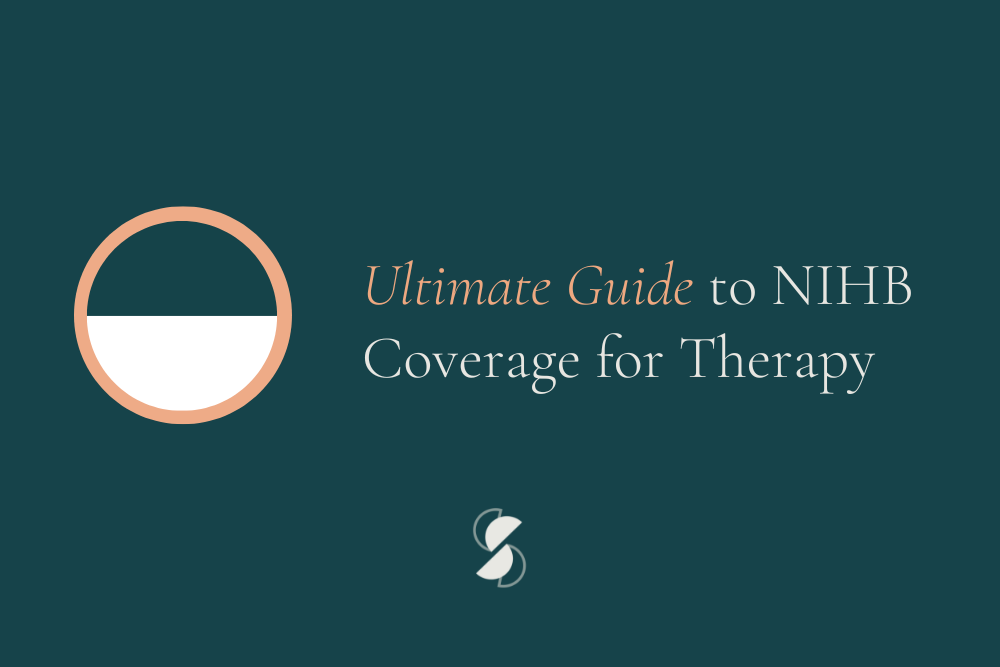Setting Healthy Boundaries With Assertive Communication

Assertive Communication
Oftentimes, when we don’t assert our boundaries it causes us undue hardship, stress, and anxiety. It can be hard and even scary to say no.
Saying no is an uncomfortable feeling, because as humans we value harmony in our relationships. Many of us fear that if we say no to someone they will be upset or disappointed with us. We may even feel like we’re putting that relationship at risk. In reality, this is rarely the case, but our inherent discomfort with saying no can prevent us from asserting our boundaries and cause us to compromise our mental health.
Setting healthy boundaries
“No” is not a bad word! It communicates important information to whoever is on the receiving end. It can communicate that you don’t have the capacity to fulfill a specific request, or simply that you’re not comfortable doing something.
Sometimes we fear saying no because we don’t know how to assert our boundaries in a healthy way. But when we don’t communicate what we’re thinking or feeling, we end up doing something we don’t want to do, or something that goes against our convictions. So how can you set healthy boundaries with others? Here are my top 5 tips.
Tips for setting healthy boundaries
1. Identify and understand why you need the boundary
First we have to know why a specific request or activity makes us uncomfortable. Think of a situation where you might have said ‘yes’ to something you didn’t feel right about. Sometimes the reason we don’t want to do something is because it conflicts with our values. Values are the things that are most important to us and our boundaries should reflect these values. If you’re not sure why a request is making you uncomfortable, start by asking yourself: what do I value in this situation and how are my boundaries reflecting my values?As soon as you know why you don’t want to do something, you have a solid and tangible reason that is worth defending.
2. Be honest and straightforward
Say what you mean and mean what you say. This can be the hardest part of asserting your boundary because it requires you to be comfortable with the discomfort of saying no. What is most helpful at this stage is not to be vague or give long explanations, but rather be direct and honest.
3. Try to use a calm and polite tone
Most people who are afraid of asserting their boundaries are afraid of coming across as rude or impolite. But, as the saying goes, “It's not what you say, it’s how you say it”. Being respectful and using a polite tone allows you to get your message across while preventing the other person from getting defensive.
4. Trust your intuition
When something feels off or uncomfortable right from the start, be sure to slow down and tune into yourself. Chances are the request, situation or activity may be violating your core values or personal convictions. What is your gut telling you? Don’t feel pressured into giving someone an answer right away. Give yourself time to reflect and understand your motivations.
5. Use a support system
Starting to set boundaries can be an intimidating task. If this is new territory for you, it can bring up uncomfortable feelings, self-doubt, and a lot of questions, so having a support system is invaluable. Leaning on friends and family can be helpful. You can also seek professional support from the mental health professionals at Shift, who can help you process uncomfortable feelings that may arise in the process.
Applying healthy boundaries
Try practicing assertive communication in slightly challenging everyday situations. This can help you realize that saying what you think adds value and also feels good. Ultimately, showing your courage by establishing healthy boundaries can be a great source of self-confidence. Try it this week. I wish you success.





